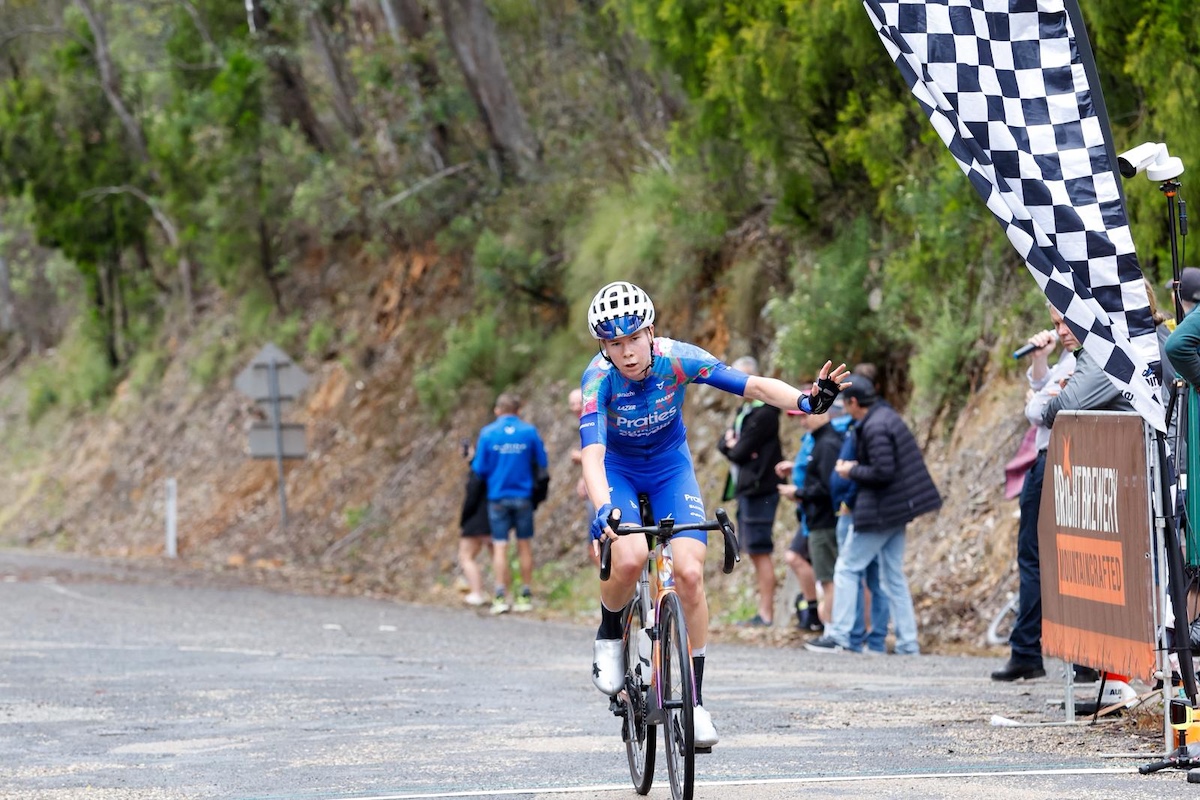From the Spanish Sierras to the Giro d'Italia
How an altitude training camp forms the backbone of team preparation for the Giro d'Italia
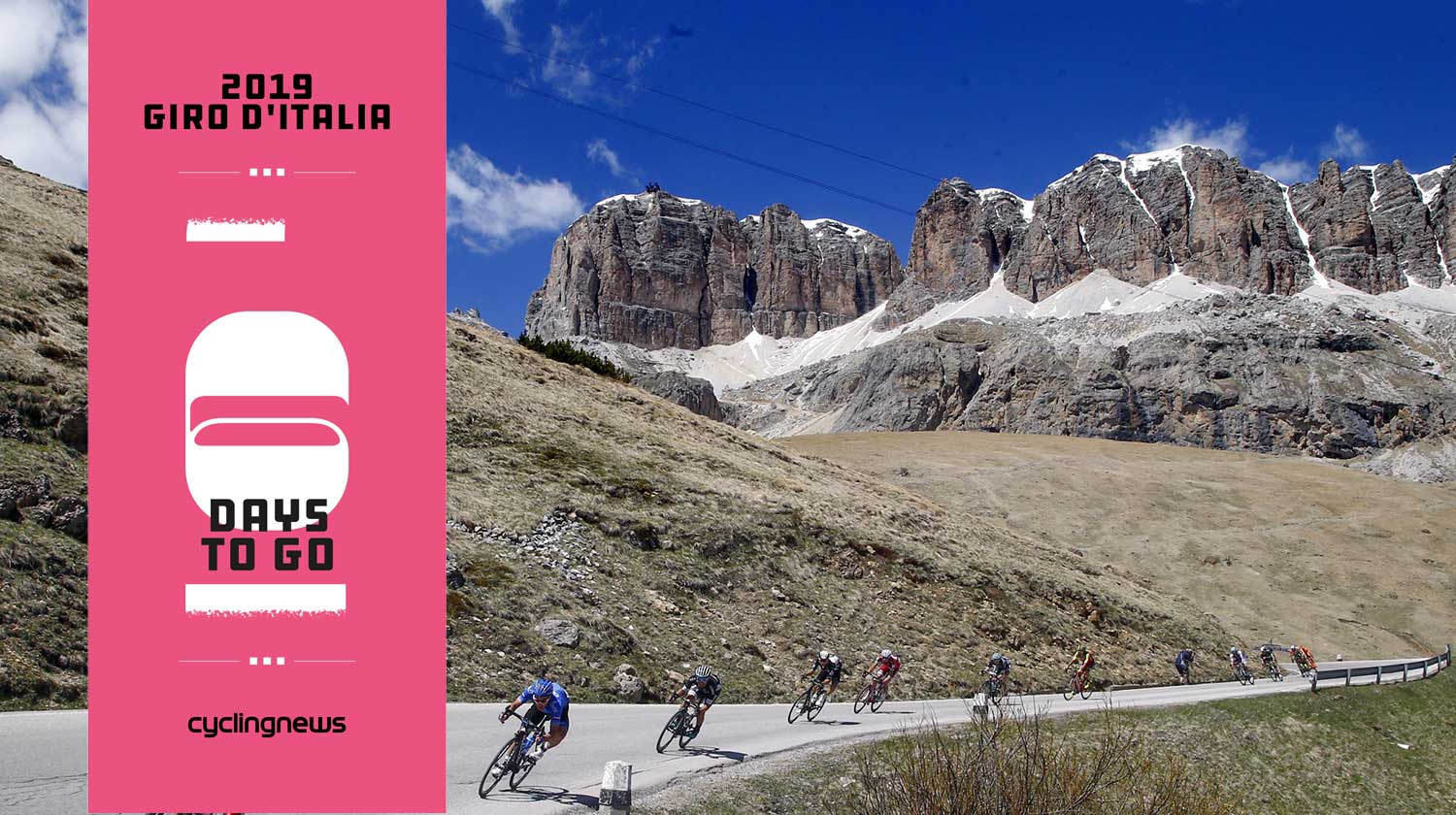
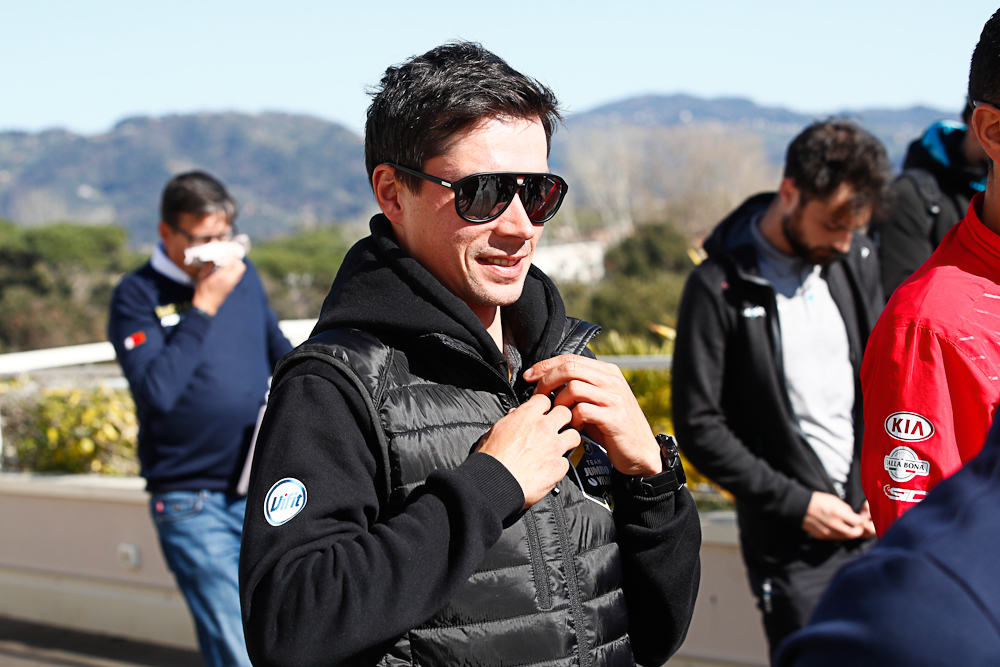
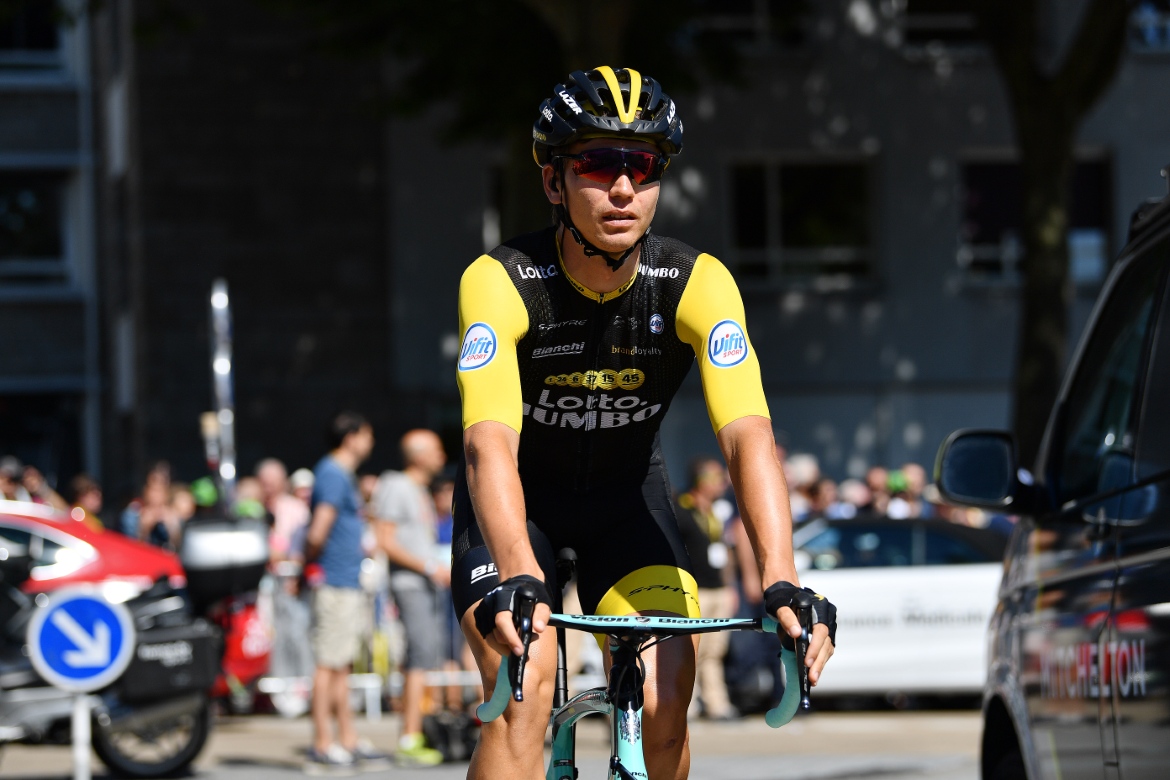
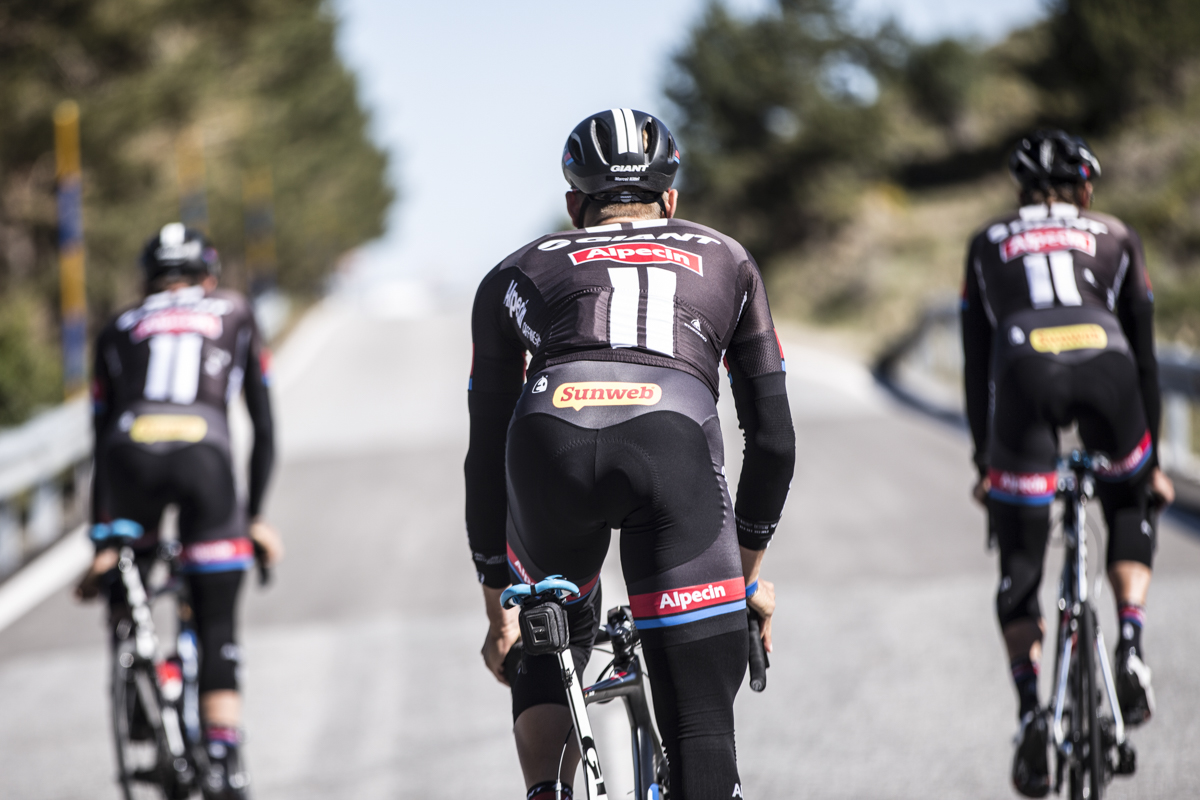
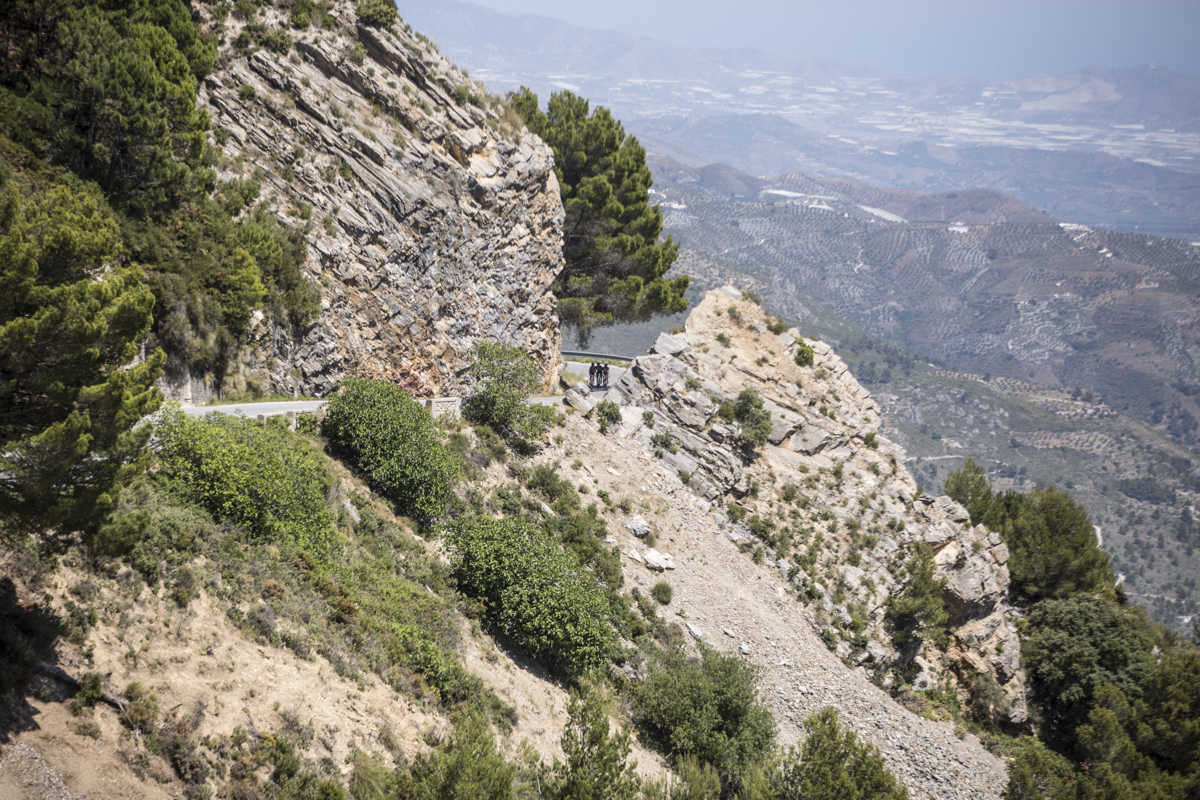
More than 20 years ago, the now-defunct magazine Cycle Sport ran a feature about Francisco Cabello, a pro from southern Spain who lived for most of the off-season at the Sierra Nevada ski station, 2,500 metres above sea level. He would then descend from his winter base to win the Mallorca Challenge, and other early season races, year in and year out.
While a stage win in the 1994 Tour in Britain was the highlight of his career, Cabello was something of a loner back then, with Cycle Sport claiming that no other professional cyclist lived at a higher altitude in Europe for such long periods.
But even if altitude training was hardly rare in the 1990s, Cabello unwittingly blazed a trail for other riders to follow him to Sierra Nevada ski station as an ideal location to do it. And since the 1990s that path has become so well-trodden that when Cyclingnews heads up there this year in early April, two decades on, it's to find plenty of pros continuing to follow Cabello's example, albeit for much shorter periods, in Europe's most southerly ski station.
Not that the weather is what you'd call ideal for riding a bike this April in southern Spain. Outside Sierra Nevada's High Performance Centre [CAR], a vast, grey, concrete slab of a building on the higher reaches of the ski station where many altitude training camps are based, there's a metre of snow on the ground, and the temperatures crawl up to just above freezing at midday before plunging back down again. Sometimes there's an occasional ray of sunshine, but most of the time it's chucking down a charming mixture of rain, hail and snow.
The station's higher roads are - just - passable, though, with snowploughs battling through the strong winds to clear at least a narrow strip of tarmac, and in the process, bury parked cars in even higher snow drifts. It certainly doesn't stop a tall, athletic-looking woman in her thirties, wrapped up from top to toe in outdoor gear, from running past the CAR at full tilt in a seemingly interminable session of sprint series.
Inside, despite the poor weather, the CAR - with facilities including a large indoor swimming pool, gym, restaurant and hotel rooms - is a hive of activity of athletes of all types. Cyclists form a substantial percentage of Sierra Nevada's most regular, non-skiing, visitors. Bora-Hansgrohe had a large contingent there earlier in the season, for example. Come April, Rafal Majka can still be spotted wandering through the CAR lobby, but the one team truck visible is a Jumbo-Visma branded vehicle. To judge by the snow levels now well above its axles, it won't be going anywhere for a while.
It turns out that Jumbo-Visma is so convinced of the advantages of altitude training here that they have sent their entire Giro d'Italia squad to the Sierra Nevada for a lengthy training camp. And inside the CAR building in the middle of the afternoon, there are Jumbo-Visma riders and staff aplenty.
The latest race content, interviews, features, reviews and expert buying guides, direct to your inbox!
Some people with yellow and black tracksuits, shirts and jerseys and various combinations of the above are slumped on comfy armchairs in the cafeteria watching the Vuelta al Pais Vasco coverage on the bar's TV. Others are buzzing around in the lobby, either as stars or creators of a short film shoot. And yet more riders are hunched over cups of the bar's rather uneven-quality coffee, earnestly discussing data and other info on a computer tablet.
Meanwhile, outside, the fog billows down, concealing the CAR and it's now sleeting. Even the tall woman athlete doing series appears to have given up training and headed indoors.
Fortunately, the bad weather is restricted to the mountains, Jumbo-Visma's head of performance Mathieu Hijboer explains. And unlike pioneer Cabello, who would train on a 15-kilometre circuit of roads around the ski station for weeks and weeks on end, somehow without flinging himself into a ravine out of the sheer boredom of it all, Hijboer says the Dutch team's Giro d'Italia squad head down to much lower levels of altitude get the miles in.
"In general, we train 'low' and we stay as much as possible 'high,'" Hijboer says. "We try to have as much of the altitude exposure as possible, so here on the rest day, for example, riders don't go down to Granada" - the nearest big city - "to have a coffee. But to do intensity work, it's better to do it 'low.' The numbers you can push 'low' are higher.
"You can't just stay 'high' and train 'high' because then when you go down, you lack something. Whereas when you climb from sea level to 2,000 metres, for example, the power you can push is much greater."
While there is a global program for the Giro squad's altitude training, Hijboer says, the riders' programs are individually tailored. That's partly with a view to each rider's particular goals and also "in view of the decisive moments in the race.
"Each rider has different tasks in the stages and the race, and some need to be strong at the beginning, others at the end. Generally speaking, road-racing demands an aerobic effort. But the more sprinter type of riders will need that aerobic effortless, while others will be doing a lot more volume work."
The most significant adaption will be made for those who focus on the time trials, particularly with three difficult individual TTs in the upcoming Giro d'Italia. Given racing against the clock is something that Jumbo-Visma's Giro leader Primoz Roglic has always managed to exploit to his advantage, Hijboer confirms that the Slovenian's time trial bike has been putting in an appearance on the roads around the Sierra Nevada considerably more often than his teammates' equivalent machines.
The second, equally important goal, of the altitude camp, is as a team building exercise. It's coincidental that the Sierra Nevada training camp is precisely the same length as a Grand Tour - three weeks - but that's no bad thing.
The other factor to do with the timing in the season of the camp and exactly when riders attend and leave is how much time riders need to adapt afterwards to racing closer to sea level. Data shows some riders can quickly exploit their form gained at altitude, and others take much longer.
"But we also know that he has the mental endurance to handle going through such a long period, even if psychologically it's not easy, and then at some point, he finds his form and his form is really good."
At the opposite end of the spectrum, for a climbing specialist like Antwan Tolhoek, it's how he handles the hills that really matters. And he doesn't have too many problems adapting to the altitude, either.
"I've done quite a few training camps, and I always feel good after it," Tolhoek tells Cyclingnews. "We sleep 'high,' and stay 'high' for the first few days of training, and after that, it's the weather that really decides things.
"Often we'll start here, ride down, do a loop then ride back up, I prefer riding back up because that last part of the training, that last half hour, is probably the highest quality of it all."
He is dismissive of the idea that training at altitude for three weeks and being stuck in a concrete cube in the middle of a ski station could be boring. "Other jobs can be boring too," he sagely observes. Tolhoek does not even use the gym or go swimming, as other riders do, which must help break up the rhythm.
"It's a personal choice," he says.
"For me, you have these two or three weeks thinking about the next race, thinking - you don't want to have been there for nothing. So when you do race, you take that motivation with you."
In Jumbo-Visma's case, with one of the top contenders for the Giro d'Italia in their ranks, there's certainly plenty of reasons to want to feel motivated. But as Cabello found out all those years ago, it's the training in the sierras of southern Spain which could well make the difference.
Alasdair Fotheringham has been reporting on cycling since 1991. He has covered every Tour de France since 1992 bar one, as well as numerous other bike races of all shapes and sizes, ranging from the Olympic Games in 2008 to the now sadly defunct Subida a Urkiola hill climb in Spain. As well as working for Cyclingnews, he has also written for The Independent, The Guardian, ProCycling, The Express and Reuters.

